Do you know the difference between Posts and Pages in WordPress? Are you looking for the answers?
In WordPress, Posts and Pages are the tools for creating content that attracts visitors and builds a brand’s online presence. They are used to showcase the content of the organization/agency. Although they look similar but they serve separate purposes. You will get further information about them like when and where you can use them.
In this article, we will explain the difference between them in detail.
What are Posts in WordPress?
Posts are an important part of any blog, providing content that engages and informs your audience. The newest content is always at the top of the blog page because they are in reverse chronological order. This makes it easier for readers to find the latest news and updates on your blog.
If you have a Blog like Beblogy then you use Posts for the majority of the content.
For Adding a new post or Editing the post you have to click the “Post“ menu from the dashboard. Here’s what the WordPress Post editor looks like:
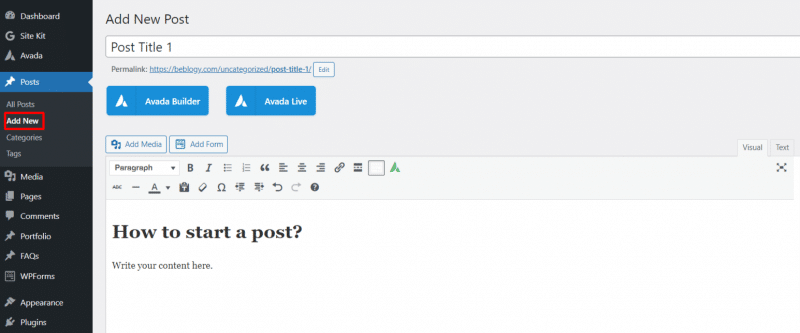
- You can also filter out any blog using Categories and Tags.
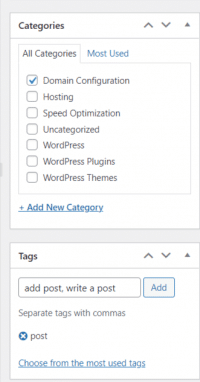
-
You can easily share the post among your loved ones or on social media using social media plugins.
-
Blog posts encourage comments. It has a built-in function to comment on any topic. Below the post, you can see the comment section.
If you want to turn off comments then open the WordPress Settings >> Discussion.
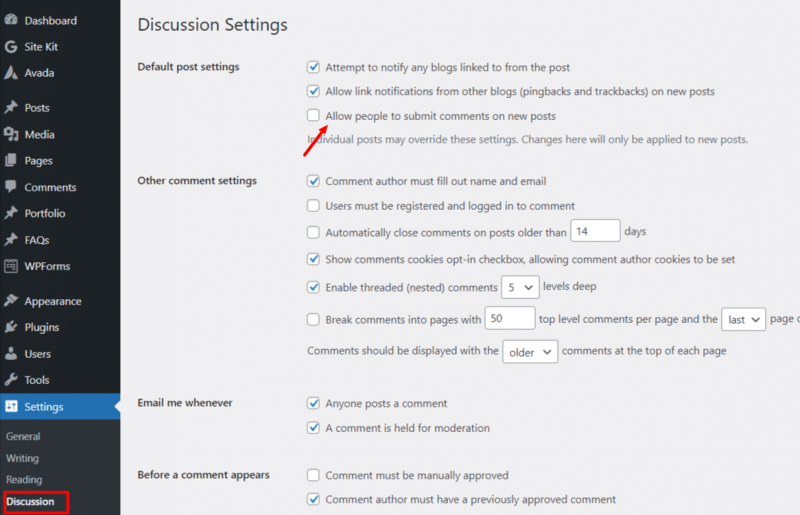
-
Posts also show the meta-data like Date, Year, Author name, Category and more. You can set the meta information according to your requirements.
What are Pages in WordPress?
Pages are a key part of your site and should be treated with care. Unlike posts, which are modified/updated on a regular basis and have a published date, pages are timeless entities that change rarely. Make sure your contact page, privacy policy, and any other key pages are well-crafted and error-free.
If you want to add or edit the pages then go to the “Pages” menu and make changes as per your requirement. Here’s the editor’s look.
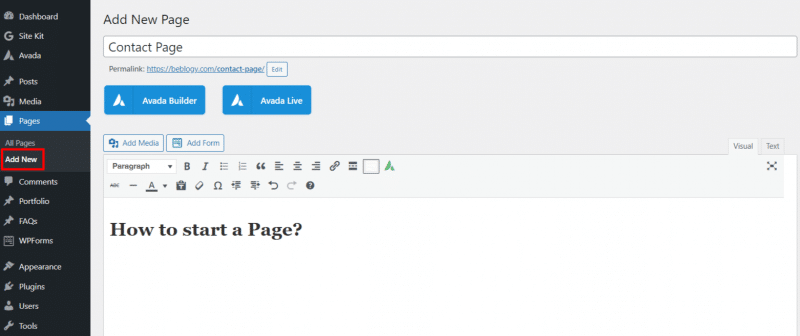
There are some features of the pages:
-
Pages usually don’t have Sharing option.
-
Pages do not support Comments.
-
They do have a hierarchy. There could be sub-pages or child pages.
-
Pages can be custom designed. They don’t have a standard rule for designing.
-
Pages don’t have meta descriptions like author-name, tags, etc.
Despite the differences, Posts and Pages may have some similarities like:
-
They help in publishing the content.
- Both have the ability to add text, images, audio, video, and form.
-
You can SEO-optimise your blog posts by using any of these best 10 WordPress SEO plugins.
- In addition, both support version management (you can track changes and restore any existing version through the Revisions option available in Post/Page settings).
CONCLUSION
In this article, we have guided you about the “Difference between Posts and Pages”. This article depicts the similarities and differences between them clearly. In the latest versions of WordPress, the Gutenberg editor is also introduced for editing and managing posts.
See our guide on “How to earn money from a blog?”. Also, have a look at our detailed guide on “How much does it cost to develop a WordPress website?“












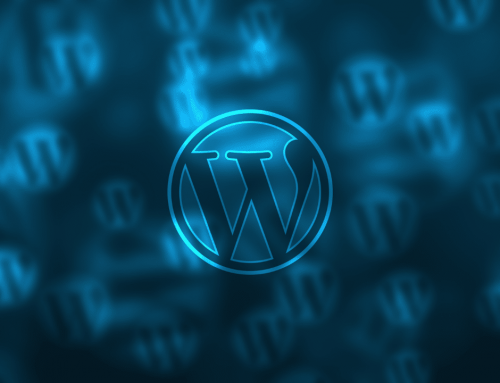
Leave A Comment